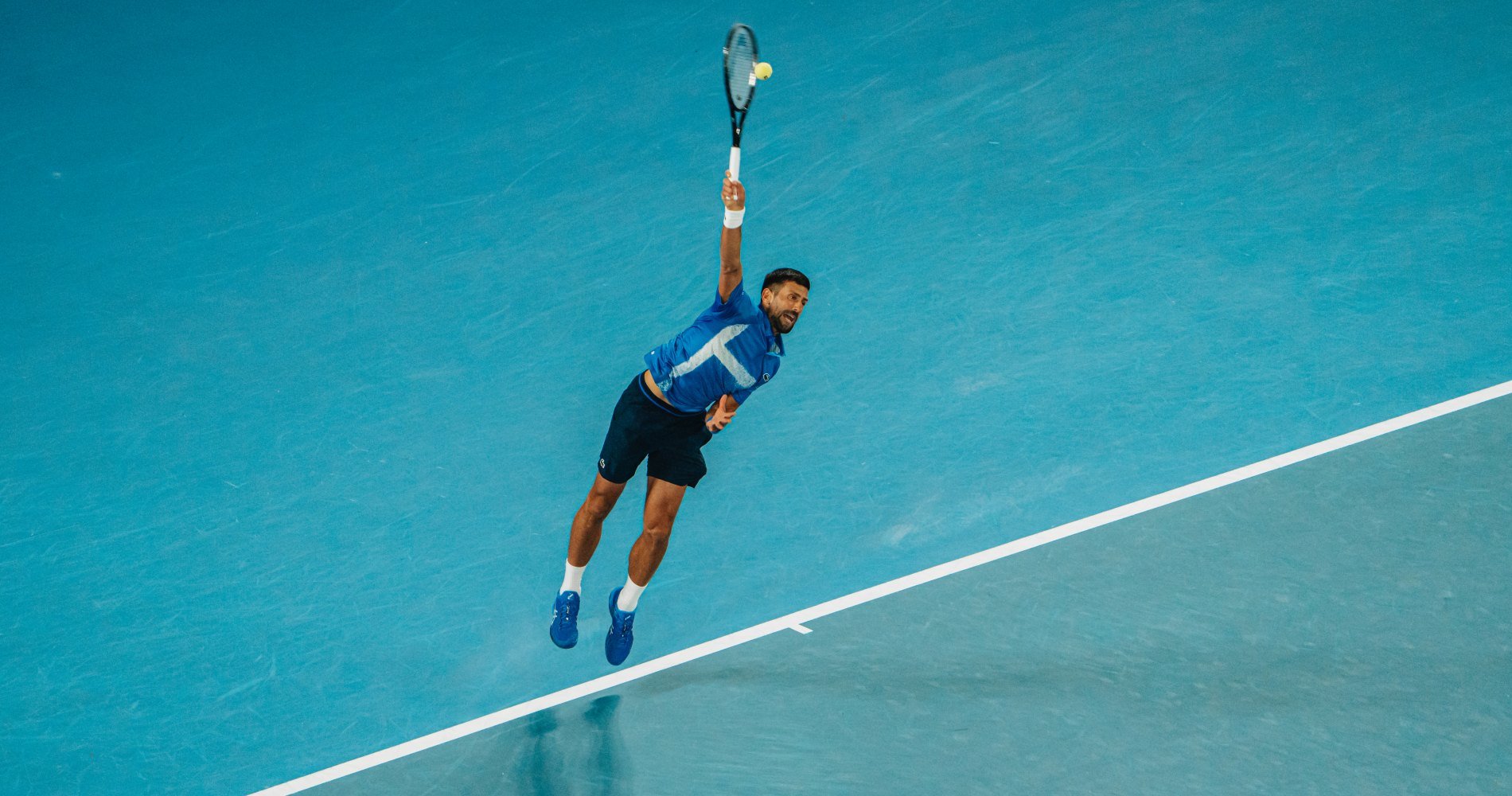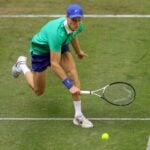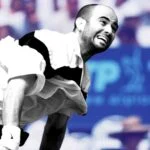Serve Strength Secrets: What Random-Forest Analytics Reveal About Today’s Top Servers
The tennis serve has long been considered the sport’s most crucial shot, but cutting-edge machine learning research is revealing precisely why some players dominate under pressure while others falter. Recent random-forest analytics studies have identified serve strength as the single most important predictor of match outcomes, achieving prediction accuracies exceeding 80%—far superior to traditional betting … Continued
 Jannik Sinner, 2025 | © Zuma / Panoramic
Jannik Sinner, 2025 | © Zuma / Panoramic
The tennis serve has long been considered the sport’s most crucial shot, but cutting-edge machine learning research is revealing precisely why some players dominate under pressure while others falter. Recent random-forest analytics studies have identified serve strength as the single most important predictor of match outcomes, achieving prediction accuracies exceeding 80%—far superior to traditional betting odds alone.
The Science Behind Serve Dominance
A comprehensive study analyzing the largest tennis database to date, spanning ATP matches from 2000 to 2016, used random forest classifiers to dissect what truly separate champions from contenders. The findings were striking: while conventional wisdom often focuses on flashy statistics like aces and serve speeds, the research revealed that consistent serve effectiveness under pressure trumps raw power every time. Random forest models excel at identifying complex patterns that human observers might miss.
Unlike traditional statistical analysis, these machine learning algorithms can process dozens of variables simultaneously—player rankings, surface types, fatigue levels, psychological pressure indicators, and historical head-to-head records—to predict outcomes with remarkable precision.
Pressure Points: Where Legends Are Born
The data reveals fascinating insights into clutch performance. Analysis of Grand Slam tournaments from 2011-2022 shows that elite servers don’t just serve faster under pressure—they serve smarter. Jannik
Sinner, for example, increases his first-serve speed from 122 mph in routine points to 125 mph when facing break points, demonstrating the tactical sophistication that separates top players from the rest. Recent pressure point analysis shows that Sinner serves bigger facing break point than he did otherwise: 125 miles per hour compared to 122, illustrating how the world’s best players elevate their games precisely when it matters most. This tactical awareness extends beyond mere power—the Italian’s serve placement becomes more strategic, favoring specific court zones based on the score situation.
Surface Secrets: Clay vs. Grass Revelations
The random forest analytics expose dramatic surface-specific serving patterns that challenge conventional tennis wisdom. On clay courts, servers win up to 65% of points with a first serve and short rally, while the success rate increases to 75% on both grass and hard courts. This data explains why baseline grinders like Rafael Nadal thrive on clay—the surface naturally extends rallies, neutralizing the serve advantage that dominates faster courts.

Tennis players achieve 62.4% efficiency on clay, 64.2% on grass and 67.5% on hard court with their first serves, revealing that hard courts provide the most advantageous serving conditions overall. The numbers also show a striking pattern: between 64.8% (clay) and 75.9% (hard court) of points played on first serve end in short rallies, while second-serve points extend much longer across all surfaces.
These surface-specific insights have practical applications beyond pure analysis. Professional bettors and tennis enthusiasts increasingly rely on serve effectiveness data when evaluating matches, with platforms like SpinBet casino and sports betting incorporating these advanced metrics into their odds calculations. Understanding that hard courts favor servers by 5-10% over clay can dramatically shift match predictions, especially when combined with individual player surface preferences.
The ATP’s Hidden Serve Hierarchy
Current ATP statistics reveal an intriguing hierarchy among today’s top servers. While Sam Groth holds the all-time serve speed record at 163.7 mph, and John Isner recorded the fastest ATP serve at 157.0 mph, the random forest models suggest that consistency metrics matter more than peak velocity. Players who maintain high first-serve percentages while varying speed, spin, and placement based on match situations consistently outperform pure power servers.
The research indicates that serve effectiveness—defined as the percentage of points where a serve creates an immediate advantage—correlates more strongly with match wins than traditional serve statistics. This explains why players like Novak Djokovic, despite not possessing the fastest serve, have historically dominated across all surfaces through superior serve placement and tactical awareness.
WTA Patterns: Where Power Meets Precision
Women’s tennis reveals equally compelling patterns through the analytical lens. WTA players show similar surface-specific trends, with hard court efficiency reaching 67.5% compared to 62.4% on clay. However, the WTA game shows greater variability in serve effectiveness based on rally length, suggesting that mental toughness and tactical adaptation play even more crucial roles in women’s professional tennis.
Pressure Situations: The Clutch Factor
The most revealing aspect of the random forest analysis involves pressure situations. Advanced metrics systems now analyze clutch performance and key moments, with pressure point analysis showing how players perform in each specific scenario. These systems track everything from service games at 4-5 down to tiebreak performance, revealing that the best servers don’t just maintain their level under pressure—they elevate it.
Modern analytics platforms provide heat maps that instantly visualize player strengths and weaknesses across serve performance, return statistics, and pressure point scenarios. This granular data helps explain why some players consistently win the biggest points while others struggle when the stakes are highest.
The Future of Serve Analytics
As machine learning continues evolving, we’re seeing increasingly sophisticated models that can predict serve patterns in real-time. These systems analyze everything from ball toss height to foot positioning, providing insights that were impossible just a few years ago. The random forest approach has proven particularly effective because it mirrors the complex, multi-variable nature of tennis itself.
The implications extend beyond pure analysis. Coaches now use these insights to develop more targeted training programs, focusing on the specific serve scenarios where their players need improvement. The data shows that serve strength isn’t just about power—it’s about consistent execution under pressure, tactical awareness of surface conditions, and the mental fortitude to elevate performance when it matters most.
As tennis continues its data revolution, one thing becomes clear: the serve remains the sport’s most important shot, but mastering it requires far more sophistication than raw power alone.












